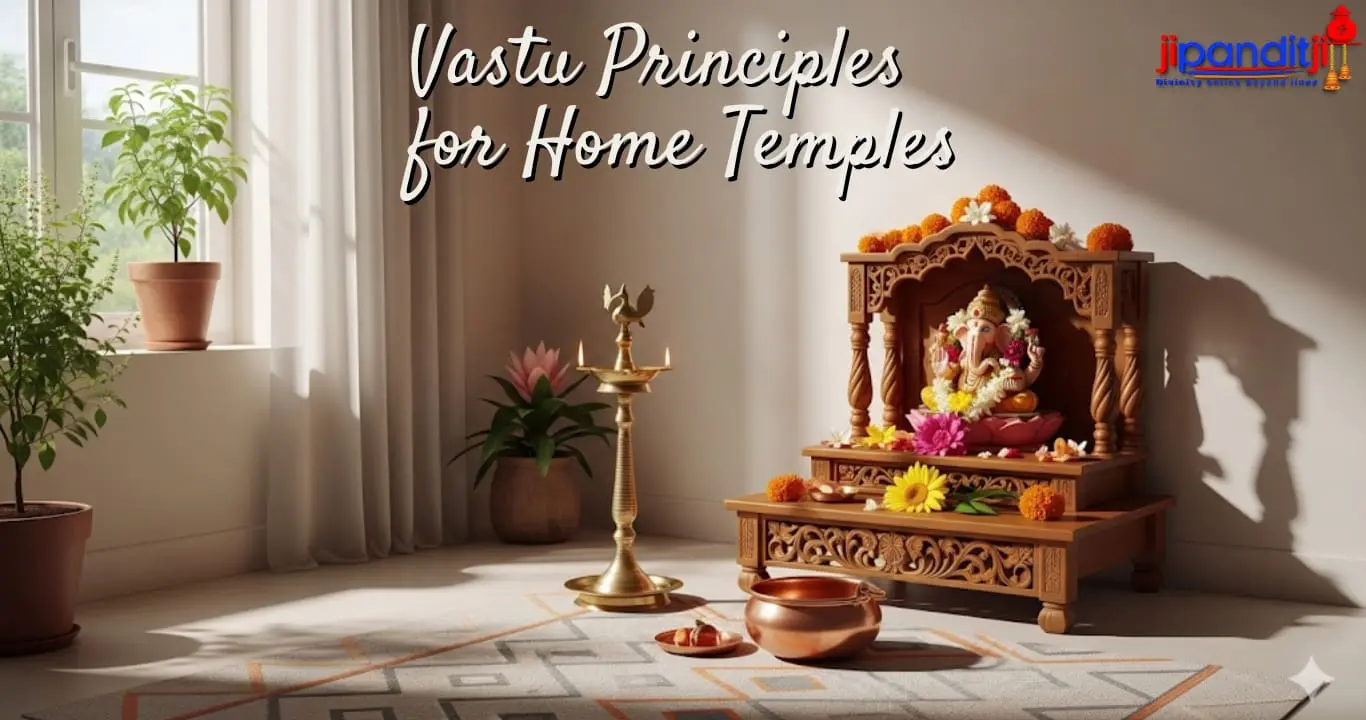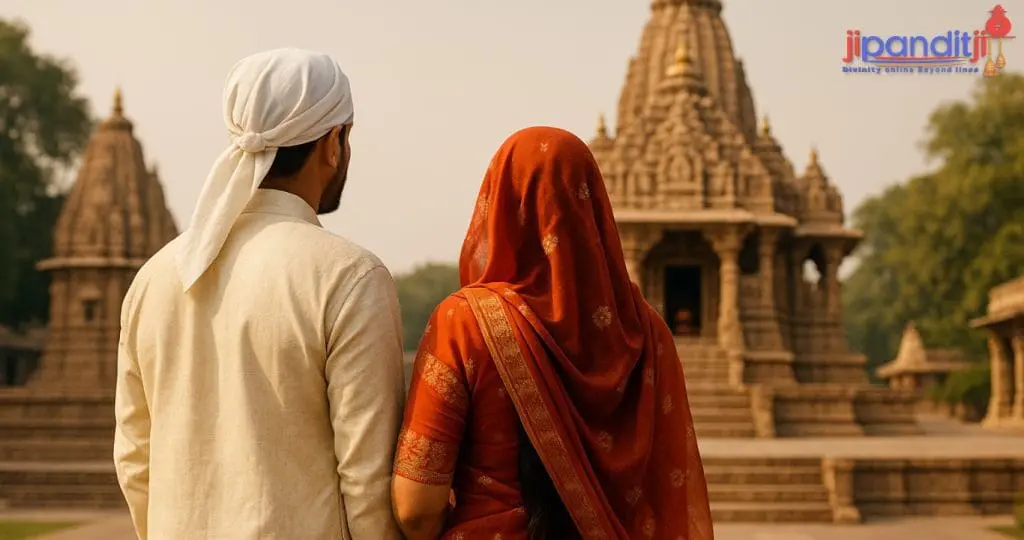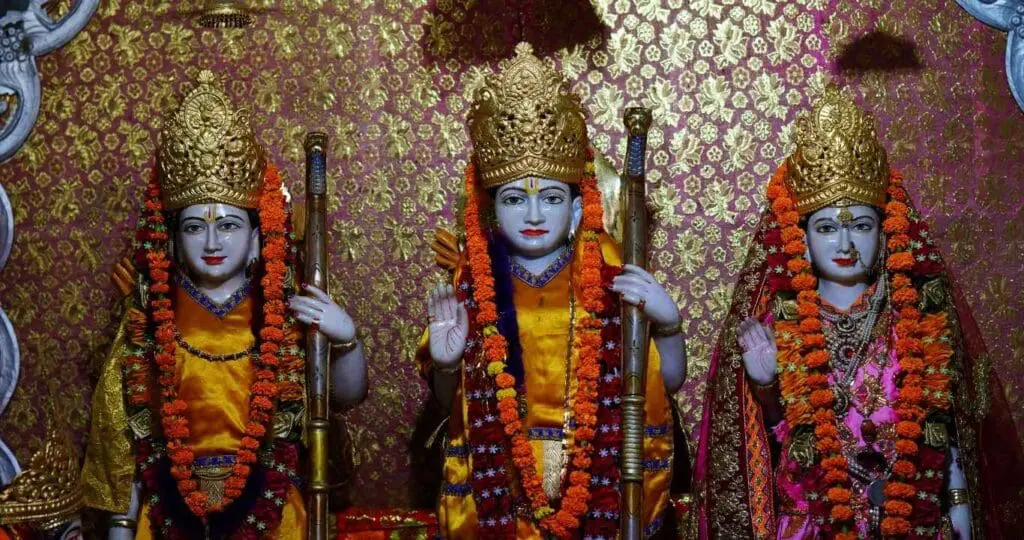Unlock Divine Blessings: 5 Critical Vastu Mistakes to Avoid in Your Home Temple 🚩

In the heart of every devout home lies a sanctuary of peace, a sacred corner where we connect with the divine—our home temple, or mandir. This space is more than just a place for idols; it is a powerful vortex of spiritual energy, meant to radiate tranquility, prosperity, and positivity throughout our lives.
The ancient architectural science of Vastu Shastra provides a profound blueprint for designing these sacred spaces. It teaches us that the universe is alive with energy, and by aligning our homes with these cosmic currents, we can foster harmony and well-being. However, even with the best intentions, we can sometimes make small mistakes in our temple’s arrangement that inadvertently disrupt this positive flow.
Are you ready to transform your temple from a simple prayer corner into a dynamic powerhouse of divine blessings? Let’s delve deep into five critical Vastu mistakes and, more importantly, learn how to correct them.
1. The Cardinal Sin: Incorrect Placement of the Temple
The location of your temple is the foundation upon which its entire energetic structure is built. Placing it in an inauspicious zone is like planting a beautiful flower in barren soil.
- The Mistake: Many homes, due to space constraints, end up placing the temple in unsuitable locations. These include:
- Under a Staircase: The area under a staircase experiences constant foot traffic and is considered energetically heavy and oppressive, which can stifle spiritual growth.
- In a Basement: Basements often lack sunlight and fresh air, leading to stagnant energy that is not conducive to divine vibrations.
- Directly in a Bedroom: While a small temple might seem convenient in a bedroom, Vastu strongly advises against it. The energies of a prayer space are very different from those of a room meant for rest and intimacy, potentially causing disharmony in relationships or sleep disturbances.
- Adjacent to a Bathroom Wall: The wall sharing a bathroom has energies of disposal and negativity (Rahu energy), which can contaminate the pure spiritual aura of the temple.
- The Vastu Solution: The absolute best location for your home temple is the Northeast corner (known as Ishan Kona). This sacred direction is considered the abode of Lord Shiva and is the confluence of the most divine and positive cosmic energies. Placing your temple here allows it to absorb these energies and distribute them throughout your home.What if the Northeast isn’t available? The next best directions are East (the direction of the rising sun and Lord Indra, bringing prosperity) or North (the direction of Kubera, the god of wealth). Ensure the worshipper faces East or North while praying.
2. The Form and Focus: Improper Idol Placement and Condition
The idols (murtis) are living embodiments of divine energy. Their placement, size, and condition directly impact the sanctity of your temple.
- The Mistake:
- Idols Facing Each Other: This creates a direct line of energy that can feel confrontational and disrupt the serene atmosphere of the temple.
- Keeping Damaged Idols: A chipped, cracked, or broken idol is considered a broken vessel for divine energy (khandit murti). Praying to such an idol can bring obstacles and misfortune as the energy flow is disrupted.
- Idols of Excessive Size: Vastu suggests that idols in a home temple should not be excessively large (typically under 9 inches). Large idols require elaborate, continuous rituals (Prana Pratishtha) that are more suited for public temples.
- The Vastu Solution:
- Positioning: Place idols on a raised platform or pedestal (chowki) so they are at your chest level when you are seated—this fosters a respectful and direct line of sight. They should be a few inches away from the wall to allow for the free circulation of air and energy.
- Condition: Regularly inspect your idols. If any are damaged, respectfully immerse them in a flowing body of water like a holy river and replace them.
- Arrangement: Arrange the idols in a neat, respectful manner. Avoid overcrowding the temple with too many deities, as this can create a clutter of conflicting energies.
3. Sacred Space, Not Storage Space: Keeping Unrelated Items
Your mandir is a zone of purity. Treating it as a multi-purpose storage shelf is a grave error that pollutes its spiritual vibrations.
- The Mistake: Storing items that have no connection to worship within the temple area. This includes money, valuable documents, medicine, leather items, or any general household clutter. A particularly important rule is to never place photographs of deceased ancestors alongside the deities.
- The Vastu Solution: The temple should only house items directly related to your spiritual practice: holy books, diya, incense, fresh flowers, and puja utensils. Create a designated space for everything else. For ancestors, their place of honor is on the South wall of your home. This respects their journey and separates the energies of the ancestral realm (Pitra Loka) from the divine realm (Dev Loka).
4. The Aura of Ambiance: Incorrect Lighting and Colors
The visual and energetic atmosphere of your temple is paramount. It should feel inviting, serene, and spiritually uplifting.
- The Mistake: A dark, gloomy, or unlit temple attracts lethargy and negative energies. Similarly, using dark and heavy colors like black, dark blue, grey, or even bright red on the temple walls can create a jarring and inauspicious environment.
- The Vastu Solution:
- Colors: Paint the walls of your puja room in light, sattvic colors that enhance spiritual vibrations. The best choices are light yellow (representing wisdom and Jupiter), white (purity), cream, or a light orange/saffron hue (auspiciousness).
- Lighting: The temple should be well-lit. Natural light is best, but if that’s not possible, use soft, warm lighting. Make it a non-negotiable daily ritual to light a ghee or sesame oil diya. The sacred flame is a powerful purifier; its light dispels darkness and ignorance, and its heat transmutes negative energies into positive ones.
5. The Soul of Sanctity: Neglecting Cleanliness and Rituals
A temple is a living, breathing energy center. It needs to be nurtured daily with devotion, purity, and attention.
- The Mistake: Allowing dust to accumulate on idols and surfaces, offering stale or wilted flowers, not changing the water offering, or performing puja irregularly and without personal hygiene.
- The Vastu Solution:
- Daily Cleaning: Make cleaning the temple your first act of the day. A clean space is a prerequisite for inviting divine presence.
- Personal Purity: Always take a bath and wear clean clothes before performing your daily prayers. This purity of body reflects a purity of intention.
- Fresh Offerings: Always offer fresh flowers, fresh water, and freshly prepared naivedyam (food offering). Remove old flowers and offerings respectfully.
- Sound Energy: Ringing a small bell (ghanti) during aarti is not just a ritual; its sound cleanses the space of negative energies. Playing soft devotional music or chanting mantras also elevates the room’s vibrations.
Conclusion: Your Home, A Heaven of Harmony
Your home temple is a reflection of your inner devotion. By rectifying these Vastu mistakes, you are not just rearranging a physical space; you are consciously realigning your life with the forces of positivity, peace, and prosperity. Treating this sacred corner with reverence, care, and the wisdom of Vastu Shastra will undoubtedly unlock a flow of divine blessings for you and your family.







